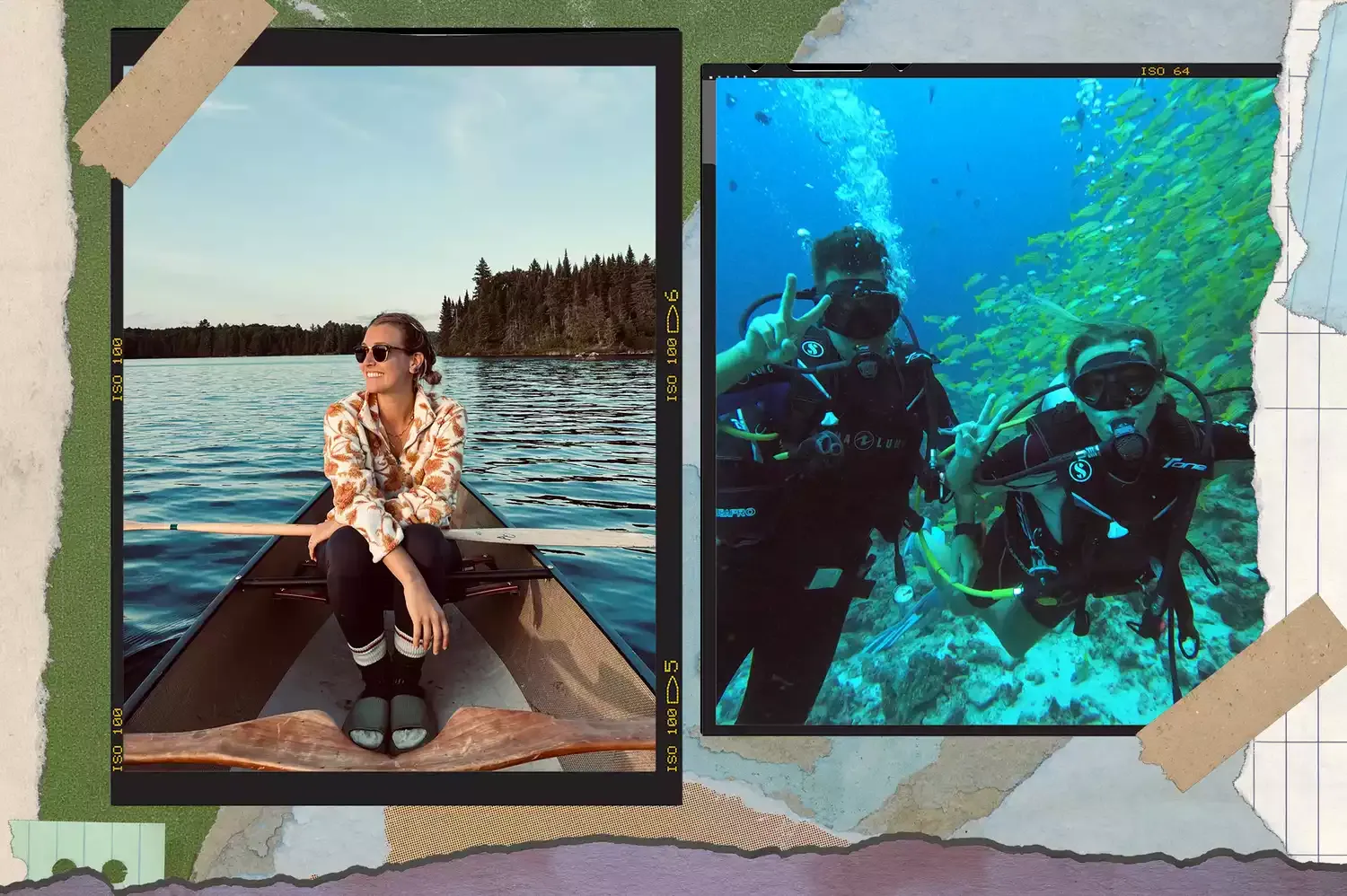
Traveling the world with Type 1 Diabetes requires meticulous planning. Managing insulin, blood sugar, and diet across 39 countries presents unique challenges. From language barriers impacting medical supplies to adapting to diverse cuisines, travel demands constant vigilance. However, with careful preparation and embracing the unknown, diabetes doesn't have to limit global exploration, fostering unforgettable travel experiences.
Traveling with Type 1 diabetes presents unique challenges, but it's absolutely manageable with proper planning and preparation. My journey across 39 countries with this condition has taught me invaluable lessons about navigating different healthcare systems, managing supplies, and adapting to diverse cultures, all while keeping my blood sugar in check. It's an adventure filled with rewards, demanding resilience, and offering a unique perspective on the world.
Pre-Trip Planning: Your Diabetes Travel Toolkit
Before even thinking about packing your bags, thorough preparation is crucial. This involves consulting with your endocrinologist to discuss your travel plans and adjust your insulin regimen if needed. Get a detailed letter from your doctor outlining your condition, treatment plan, and a list of all medications you're carrying. This letter is invaluable for airport security and potential medical emergencies abroad.
Next, ensure you have an ample supply of insulin, syringes, blood glucose monitoring supplies, and any other essential medications. Pack twice the amount you think you'll need, accounting for potential delays, lost luggage, or unforeseen circumstances. Distribute these supplies across your carry-on and checked luggage to minimize the risk of losing everything at once. Remember to keep your insulin cool, especially in hot climates. Consider using a dedicated insulin cooling case or relying on insulated bags with ice packs.
Learning basic phrases related to diabetes in the local language can be incredibly helpful. Knowing how to say "I have diabetes," "sugar," "insulin," and "emergency" can facilitate communication with healthcare professionals or in critical situations. Download translation apps and prepare flashcards with these essential phrases.
Navigating Airport Security and Customs
Airport security can be daunting when you're carrying medical supplies. Always carry your doctor's letter explaining your condition and the necessity of your medications and devices. Inform security personnel about your diabetes upon arrival. Be prepared to show your insulin pens, syringes, and glucose meter. It's advisable to keep your insulin in its original packaging with the prescription label attached. If you're using an insulin pump or continuous glucose monitor (CGM), inform security personnel beforehand. They may require you to disconnect your device briefly during screening. Remember to check the specific regulations of each airport and airline beforehand.
Managing Diabetes on the Go
Maintaining stable blood sugar levels while traveling requires meticulous monitoring and adaptation to different environments and routines. Regular blood glucose monitoring is essential, especially when trying new foods or experiencing changes in activity levels. Adjust your insulin dosages accordingly, consulting with your doctor if necessary. Be mindful of the carbohydrate content of meals, especially when dining out in unfamiliar cuisines. Opt for healthier choices whenever possible and avoid excessive amounts of sugary drinks or processed foods. Keep fast-acting glucose tablets or gels readily available to treat potential hypoglycemia (low blood sugar).
Staying hydrated is crucial for everyone, but especially important for individuals with diabetes. Drink plenty of water throughout the day, especially in hot climates or during physical activity. Be aware of the potential effects of altitude on blood sugar levels. Some people may experience increased insulin resistance at higher altitudes, requiring adjustments to their insulin dosages. If you're engaging in strenuous activities, such as hiking or trekking, monitor your blood sugar levels even more frequently and carry extra snacks.
Healthcare Abroad: Knowing Your Resources
Before traveling to a new country, research the local healthcare system and identify reputable hospitals or clinics that specialize in diabetes care. Locate the nearest pharmacies and learn how to obtain prescription medications in case you run out of supplies. Consider purchasing travel insurance that covers pre-existing medical conditions, including diabetes. Ensure that the insurance policy includes coverage for emergency medical evacuation and repatriation if necessary.
Here's a simplified table summarizing key aspects of managing Type 1 Diabetes while traveling:
Preparation |
During Travel |
Potential Challenges |
Solutions |
|---|
Doctor's letter, ample supplies (insulin, syringes, glucose monitoring), travel insurance. |
Regular blood glucose monitoring, adjusted insulin dosages, healthy food choices, staying hydrated. |
Airport security delays, unexpected dietary changes, altitude sickness, lost or damaged supplies, different time zone. |
Carry doctor's letter, pack extra supplies, research local healthcare, learn basic phrases, adjust insulin as needed. |
Embracing the Adventure: Living Fully with Diabetes
Traveling with Type 1 diabetes is undoubtedly a challenge, but it doesn't have to limit your adventures. With careful planning, proactive management, and a positive attitude, you can explore the world and create unforgettable memories. Embrace the opportunity to learn about different cultures, try new foods, and challenge your own limitations. Remember to stay connected with your healthcare team and seek support when needed. Don't let diabetes define your travel experiences – let your experiences redefine your understanding of diabetes.


















